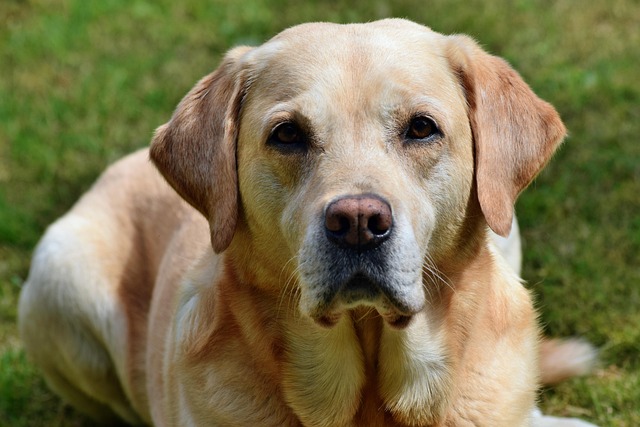
How do i train my dog to be obedient?
Watching your dog dart across the park ignoring your calls isn’t just frustrating—it can put them at risk near busy streets or public spaces.
Ever watched your pup cower at the mailman’s knock or shred the couch during rainstorms? Training an anxious dog starts with decoding their triggers—and trust me, those trembling paws hold clues. First step: rule out medical issues. A 2023 study in Veterinary Behavior Today found 15% of reported "anxiety" cases were actually pain-related. In Germany, animal welfare laws require vets to clear behavioral issues before training, so schedule that checkup pronto.
Let’s talk safe spaces. Instead of shoving Fido into a crate, make it their sanctuary. Line it with a sweater you’ve worn (your scent soothes them) and place it in a low-traffic area. In Swiss households, it’s common to have "pet corners" away from family hustle—mirror that vibe. When they enter voluntarily, toss in a freeze-dried liver treat (just ensure it’s USDA-approved if you’re stateside).
Desensitization is your secret weapon. Got a thunder-phobic pup? Start by playing storm sounds at 10% volume while they scarf down peanut butter (xylitol-free, obviously—EU regulations ban it in pet treats). Gradually crank up the volume over weeks, pausing if they start panting. In NYC, where fireworks are a nightmare, many dog walkers use this method alongside noise-canceling vests—just check local leash laws before strapping one on.
Routine is magic for anxious souls. Think of it like your morning coffee ritual—dogs thrive on predictability. Feed at 7 AM, walk at 9 AM, training at 3 PM. In Australia, where beach walks are sacred, sticking to a schedule helps dogs anticipate fun instead of fearing the unknown. Pro tip: use a FitBark collar to track their activity—sudden energy dips might signal anxiety spikes.

Mental workouts beat physical ones here. A 10-minute sniff walk on a leash (NYC’s leash law is 6 feet, FYI) tires them more than a run. Hide treats in a Kong Wobbler or play "find it" with their kibble. In the UK, scent work classes are huge—they tap into a dog’s natural foraging instincts, which calms the amygdala. Just avoid plastic toys; California’s Prop 65 restricts certain chemicals.
Your energy is their barometer. If you tense up during a trigger, they’ll mirror that. Try doing yoga stretches before training—seriously, my border collie chills when I do downward dog. In Sweden, dog trainers often recommend "calm energy workshops" for owners—science backs this: oxytocin levels rise in both species during relaxed interactions.
When to call in the pros? If your dog growls defensively, avoids eye contact, or has sudden accidents, it’s time. Look for a CPDT-KA certified trainer (that’s Certified Professional Dog Trainer in the US) or a DipACVB in Europe. In Canada, only vets can prescribe meds, so skip the online remedies—some herbal supplements are banned in Ontario.
Small wins matter big time. Did they stay calm through half a doorbell ring? Break out the party treats. Remember, Rome wasn’t built in a day—and neither is a confident pup. In most EU countries, "gentle training" is written into animal welfare codes, so embrace the slow pace. Your patience isn’t just kind—it’s legally sound too.

Watching your dog dart across the park ignoring your calls isn’t just frustrating—it can put them at risk near busy streets or public spaces.

New puppy owners often find themselves rushing to clean up accidents before they set in, and that’s where puppy pad training becomes a game-changer.

If you've noticed your dog's waistline disappearing and your veterinarian has mentioned those few extra pounds, your first instinct might be to simply reduce the amount of food in their bowl.

Training a dog to use a designated spot indoors isn’t as daunting as many new owners fear, but it does take consistency and an understanding of your pet’s needs.

That moment of dread on a walk is all too familiar for many new dog owners. You see another dog approaching down the sidewalk of your neighborhood

If the sight of another dog on your neighborhood walk makes your heart sink as your own dog erupts into a frenzy of barking and lunging, you're not alone.